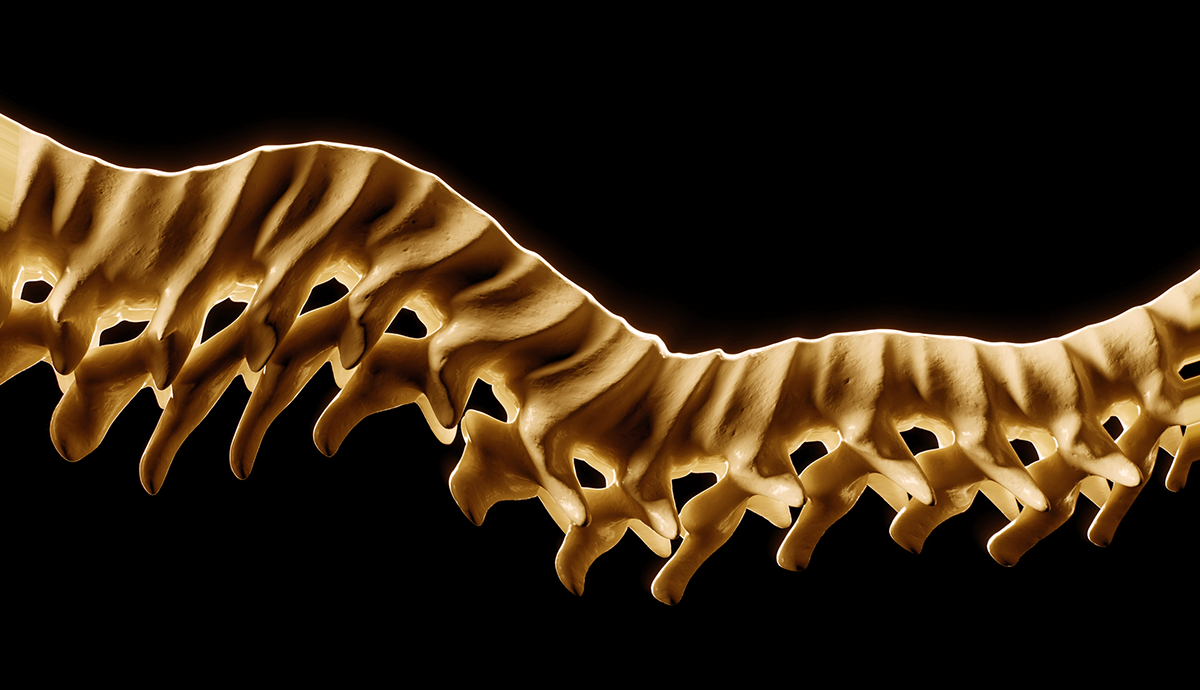There is a curious thing about opiates and the downward force they exert on the spine. They warp the back from line to curve; they coax column to arch, y-axis to parabola. They can fold the back so completely, a person walks and lives frozen in a deep bow, in deference to the substance with which they intoxicate themselves.
If you have walked through the Tenderloin, you have seen the spine that fentanyl wrought—twisted at unfathomable angles on sidewalks, bellies heavy on legs. Some stand doubled over, legs stalwart, spine in a hairpin curve, arching back down to a slack torso and arms, head rolling, sunburnt skin pulled taut over vertebrae.
In San Francisco’s downtown streets, they have become a Terracotta Army of sorts, stilled not by stone, but by opiates. Not visited but viewed. Both the army of terracotta and the street are walked past with equal parts wondering—how did this happen, that there could be so many? The sheer numbers unconscionable, the source of the astonishment.
At first, the intoxication and the posture are temporary. But with each hit, it becomes harder to uncoil, with each slack night, more difficult to unfurl. Water becomes ice at the edge of a lake.
Patients come to the clinic and, dismayed by the angle of their back, will ask, Why do I look like this? Why can’t I stand like before? Often, they can straighten themselves momentarily with full mental engagement and taut, straining muscles, until they re-twist into their hunched form. In truth there is no singular cause for the severe posture: limp intoxication erases hours of normal postural tone, replacing it with an unopposed forward folding. Numbed by opiates, back injuries are left unattended, and further injuries accrue. Over years, opiates wear away at bone strength, can literally break your back. The ice sets. And so with canes and wheelchairs and scooters, they limp and roll through UN Plaza—the paraphernalia of supporting folded bodies can be found littered across encampments.
It will fold you into obliteration, erase your memory, remove you from the world and leave your limp body the only tether to it.
An office visit for a bent spine is difficult. Why can’t a trunk bend in the wind, when as a sapling, it could arc to the ground? Why can’t ice flow like water? Many patients will tell me that their substance use isn’t related to the problem with their back. They will explain how they have slept for years on the street before they walked like this. They counter with stories of friends who have used more drugs for more years and that friend’s back is just fine. The logic isn’t faulty. It is confounding how things affect one person and not another. Some people can drink and never get cirrhosis, others will have a scab of a liver within years. Some people will cure themselves of hepatitis C, while in others it will cause cancer. The inequity of the world is ever-present, ever-burning, ever-baffling.
I offer x-rays and physical therapy, back classes, medicines—NSAIDs, Tylenol, diclofenac cream, lidocaine patches. The tools medicine has to address chronic pain are middling to begin with and cannot compare to the numbing strength of fentanyl which patients have ingested in the first place. Fentanyl, torpedoed into the brain by needle or pipe, dumps neurotransmitters manyfold more than any natural response could mobilize. One hundred times stronger than anything in nature, fentanyl makes it harder to get onto treatment medicines than any other opioid. It is also the cheapest and most potent option on the market—five dollars will buy you a high and take you out of this reality for hours. It will fold you into obliteration, erase your memory, remove you from the world and leave your limp body the only tether to it.
Few patients take me up on a work-up for their back. Few have a phone to receive a call from the physical therapy schedulers. Few bother going to the San Francisco General for an X-ray that would likely be inconclusive. But also, I am not convinced the work-up would shine much more light on what we already know is contributing: their drug use, their homelessness, their current, inwardly folded life. So mostly, I end up asking if I can talk about their drug use and are they ready or interested in cutting down or stopping. And have they ever tried Suboxone or methadone, and would they be open to talking about their experiences with those medications, or, even, starting one again today? And do they sleep flat, or do they sleep sitting, and can we get them inside, into a bed, horizontal for some hours of the day? Have they been to a shelter before, and how was it, would they be open to going to another one?
There are the patients who are ready to stop using, to start where they are, fix what they can. To unfold. Those are the uplifting visits, the ones that make you grateful you went into medicine, that will bring you to tears. But they are also very difficult encounters. How do I unwind this damage? How do I help them uncoil themselves?
Here, in front of you, a person desiring change, asking for it. We are asked to upright their broken backs. To treat their addiction, severe mental illness, and destructive cognitive behavioral thought patterns. To find them a place to sleep. To be tasked in this way and have the pathetic tools of medicine the only ones on hand. To attempt to fix a problem that should never have been allowed to set in the first place. How can this be the moment of intervention? This moment, back-askew, fentanyl-on-receptors, veins-scarred-over, years passed on the streets. We needed something, anything, one hundred thousand fentanyl hits ago. This vine is no longer green. I cannot think of anything more difficult, more painful to witness, than trying to help walk back the years of destruction the streets have wrought. I could have done more, I could do so much more, if you had given me this moment earlier, at the beginning. We could have done so much more.
But for now. I can offer this. This cane. This balm. Let’s talk about the rest of your life.



